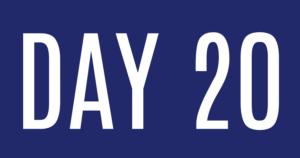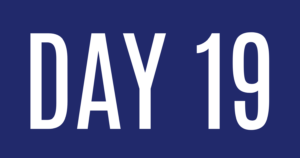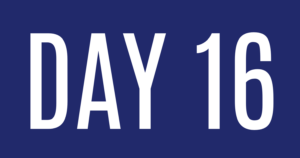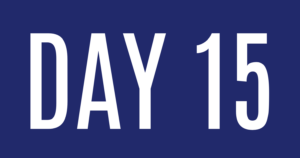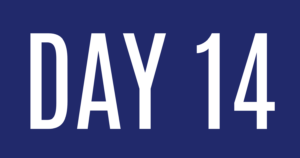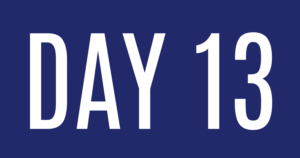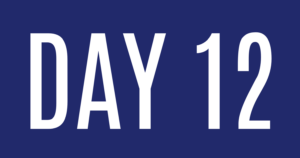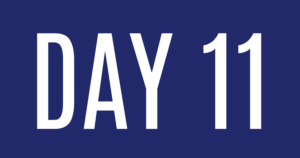
“If you have come here to help me, you are wasting your time. But if you have come because your liberation is bound up with mine, then let us work together.” – Lilla Watson, Indigenous Australian or Murri visual artist, activist and academic
Throughout history, solidarity and coalition building have played an important role in advancing racial justice and improving the life outcomes of Black, Indigenous, and People of Color (BIPOC) communities. From multi-racial labor unions to intersectional movements for civil rights, communities have come together across racial and cultural lines to challenge systems of oppression and build more equitable futures. There are many examples, a few of which we’ll highlight here:
- While the Civil Rights Movement of the 1950s and 1960s was led by Black activists, the movement drew support from Indigenous leaders, Asian and Latine communities, Jewish allies, and White anti-racist advocates. Groups like the Student Nonviolent Coordinating Committee (SNCC) and the Southern Christian Leadership Conference (SCLC) worked in coalition with diverse grassroots organizations across the country.
- How many of us are familiar with the Delano Grape Strike (1965-1970)? The Delano Grape Strike was a labor strike organized by the predominantly Filipino and AFL-CIO-sponsored labor organization to fight against the existing sub-minimum wage pay and poor working conditions. They were joined by the predominantly Mexican National Farmworkers Association and later merged to become the United Farm Workers organization committee. This powerful and intentional coalition demonstrated the strength of cross-cultural organizing. Their unified front against exploitative conditions transformed the labor rights movement in the U.S.
- Bed-Stuy Strong is a mutual aid group formed in the Bed-Stuy neighborhood of Brooklyn, composed of a multi-racial coalition of BIPOC and White community members. Their work focuses on delivering groceries and medicine to neighbors in need, redistributing resources, such as rent relief funds and emergency cash grants, and hosting education events that center racial justice, economic justice, and abolitionist frameworks.
- Today, in cities like Seattle, coalitions such as the Southeast Seattle Education Coalition (SESEC) unite over 50 organizations committed to improving education in Southeast Seattle and centers BIPOC communities and those who are often missing from these conversations. The coalition includes community leaders, parents, and educators to address disparities in school discipline, access to resources, and culturally responsive curricula.
Transformative and long-term success toward achieving racial equity requires more than individual change—it calls for collective action and long-term coalition building. By learning from the past and supporting local solidarity efforts today, we move closer to a just society where every community can thrive.
Today’s Challenge
Read
- We Must Fight Racism With Cross-Racial Solidarity | What’s Happening | Denison University -2021 (5mins)
Watch
- This video explores the concept of racial solidarity between Asian and Black communities and examines how both groups can build stronger coalitions and foster understanding to work toward collective justice. What does U.S. Asian and Black racial solidarity look like? – Los Angeles Times – 2021 (10mins)
Listen
Engage
- What examples of cross-racial solidarity from history stood out to you most, and why?
- In what ways have individual identity-based movements or initiatives in your community found success? What are the challenges? How might solidarity and coalition-building support these initiatives?
- In multiracial coalitions, what roles can White allies play that are supportive and attend to the needs and experiences of BIPOC individuals?
- What does an ideal multiracial coalition look like in your context—your neighborhood, workplace, or school?

